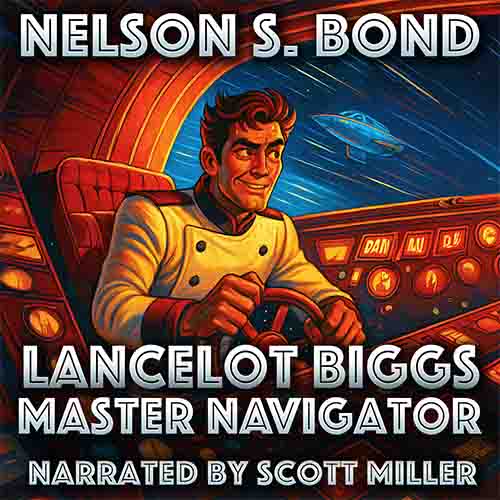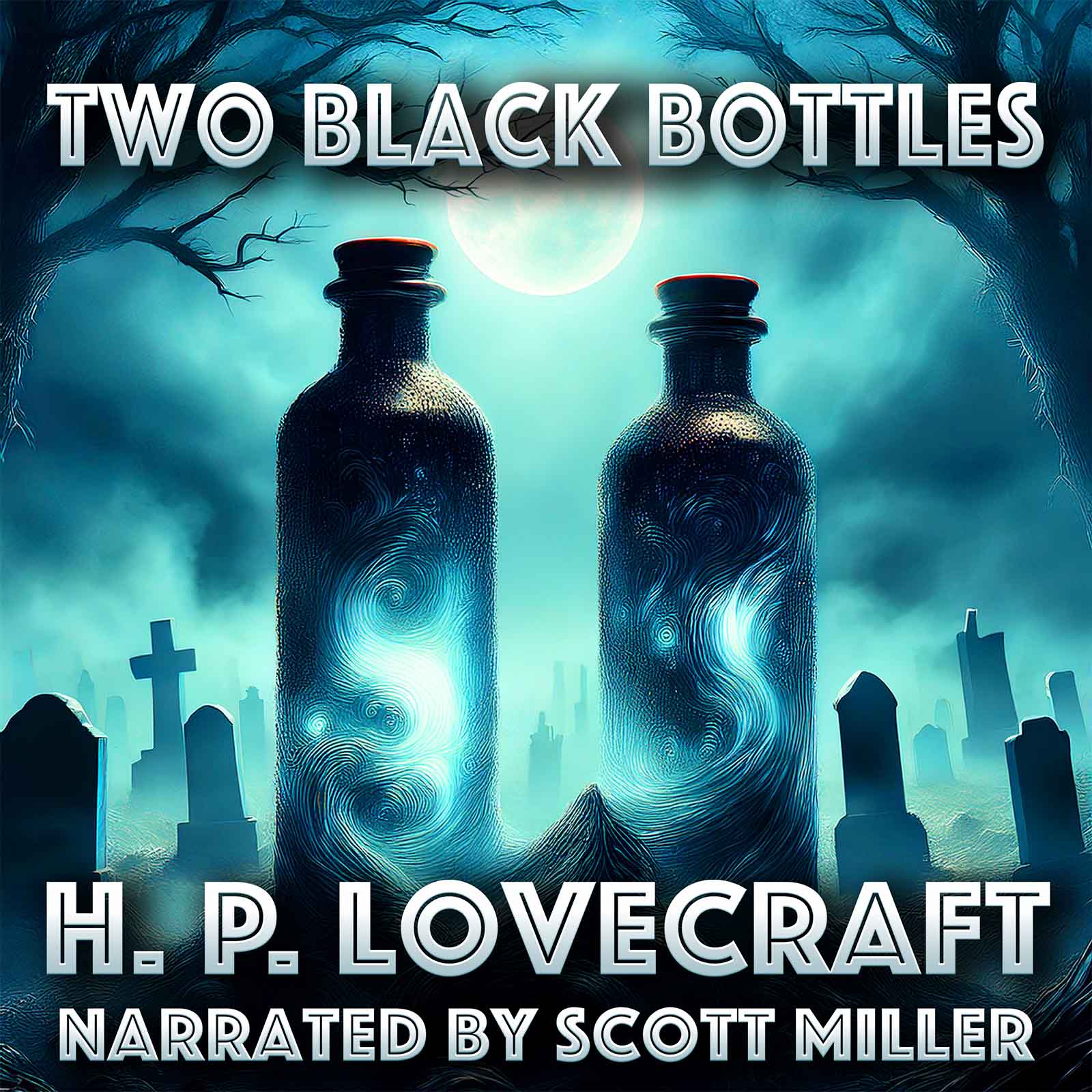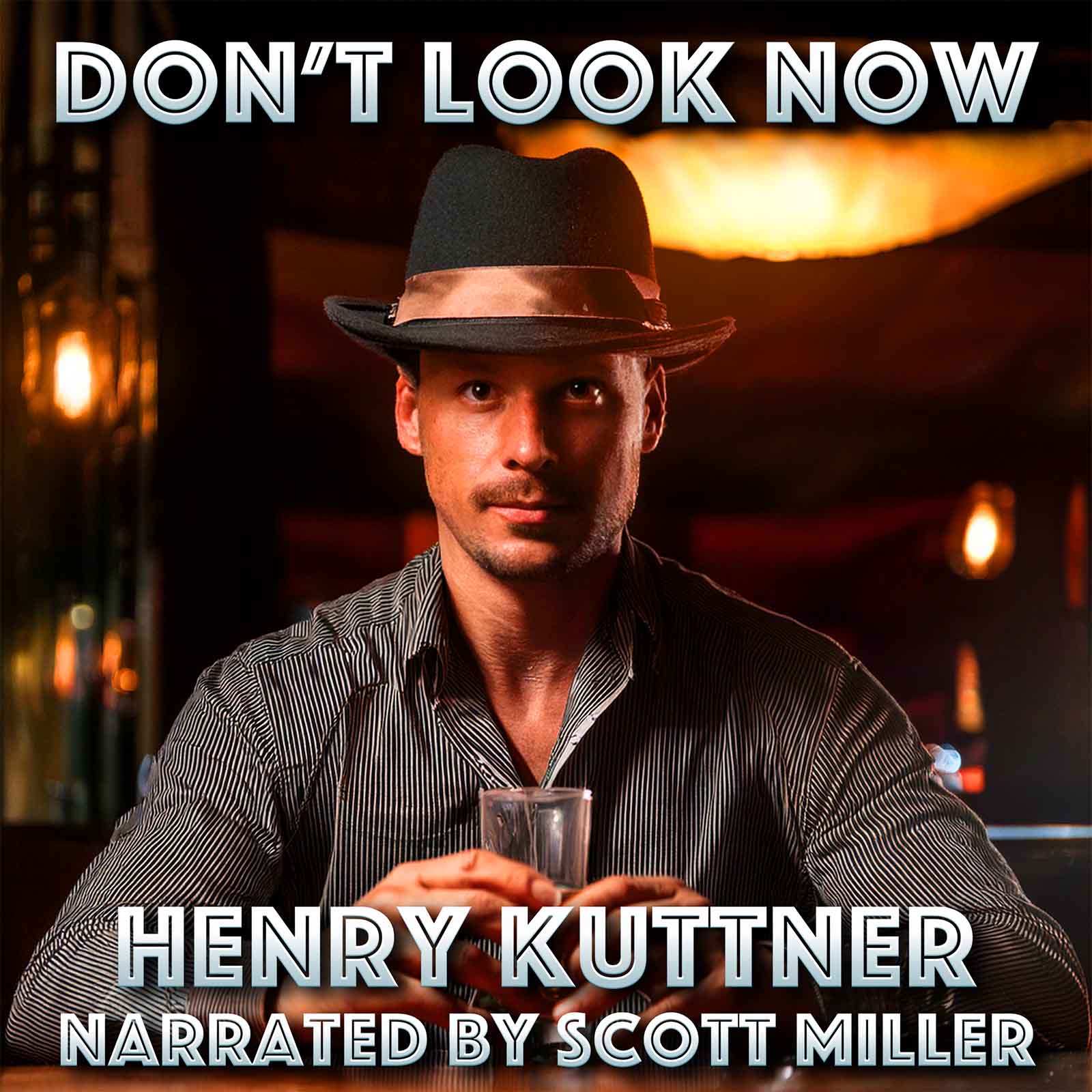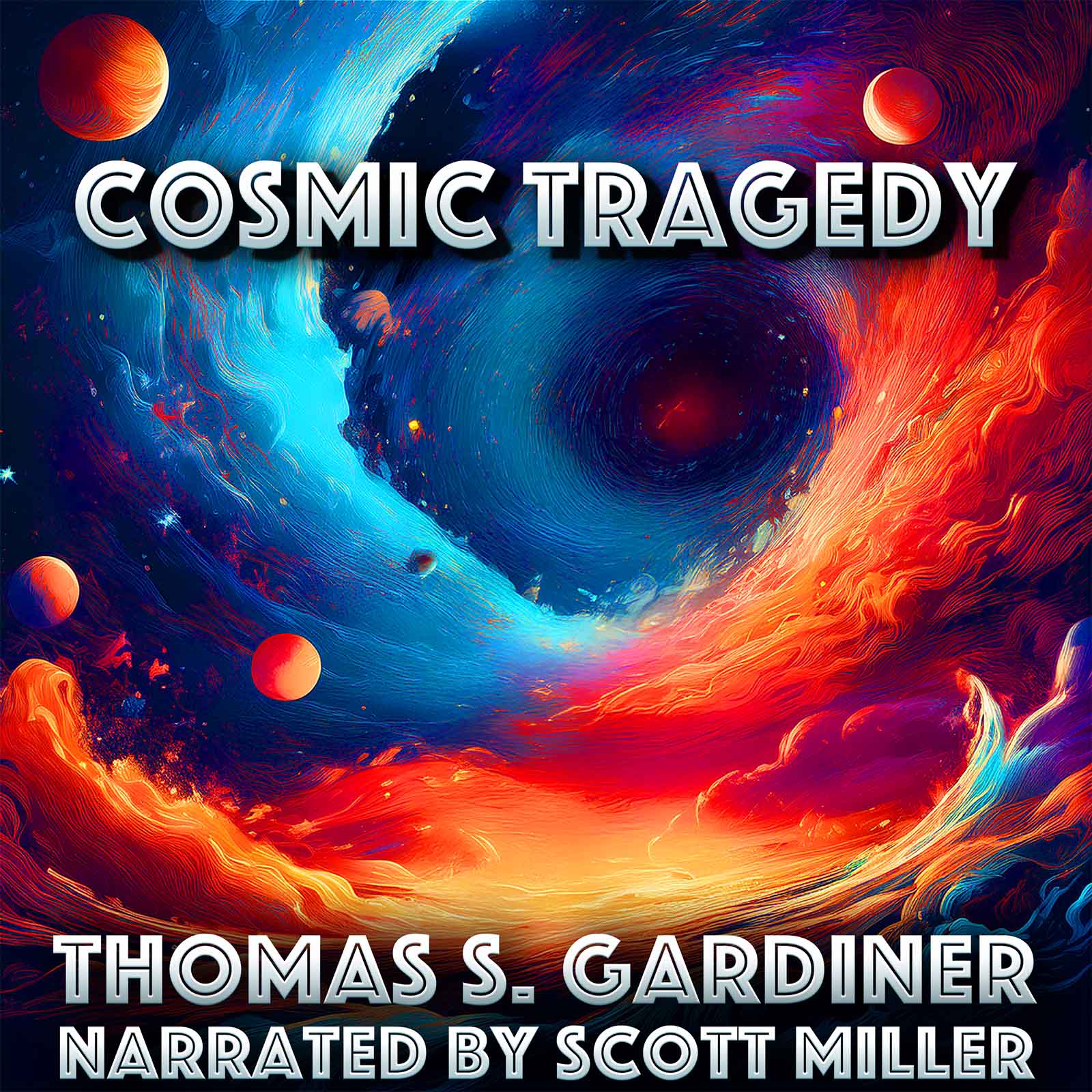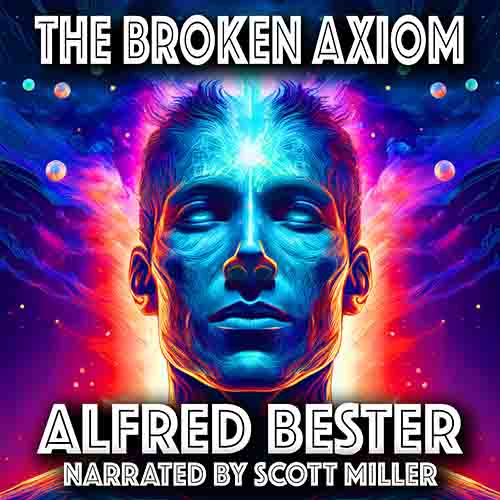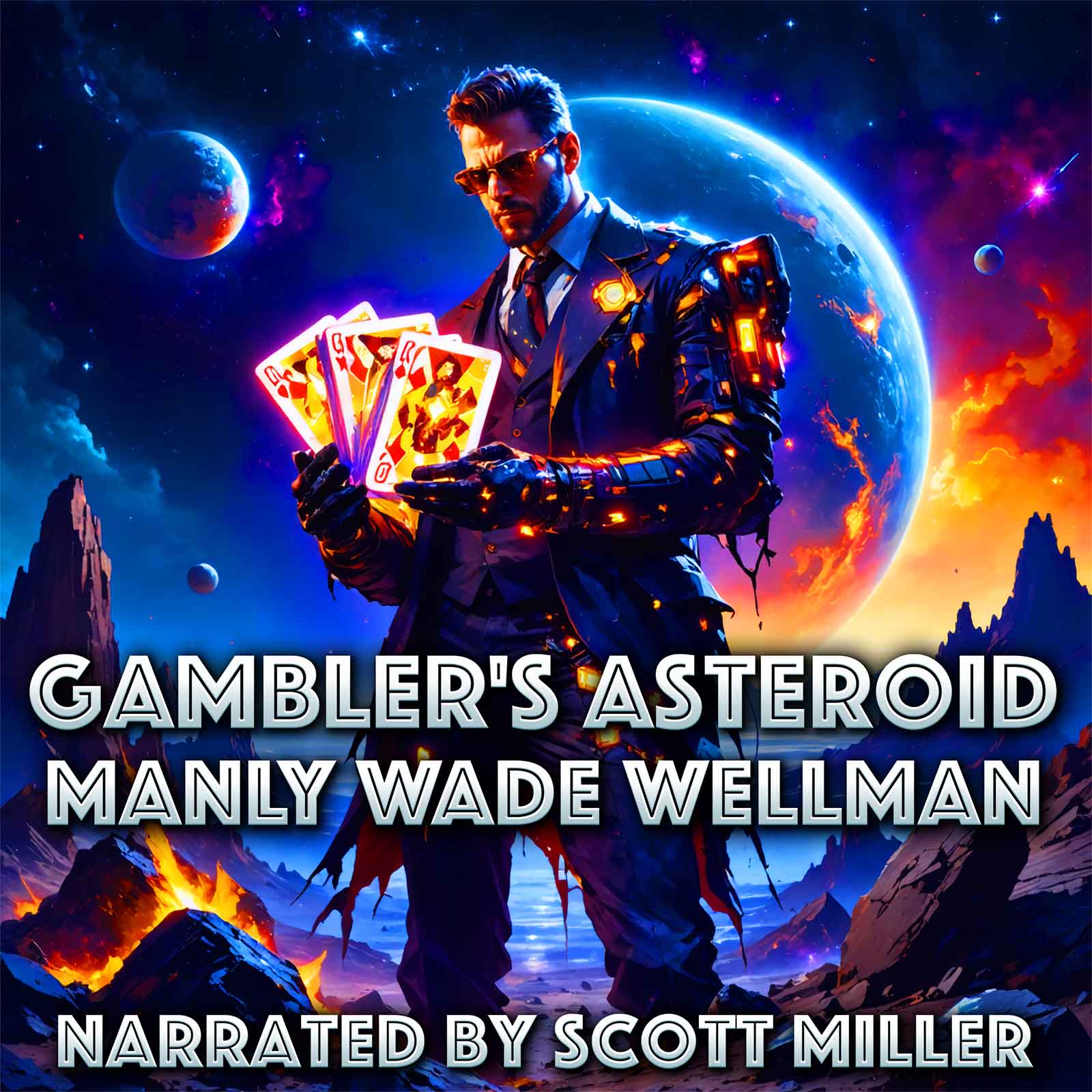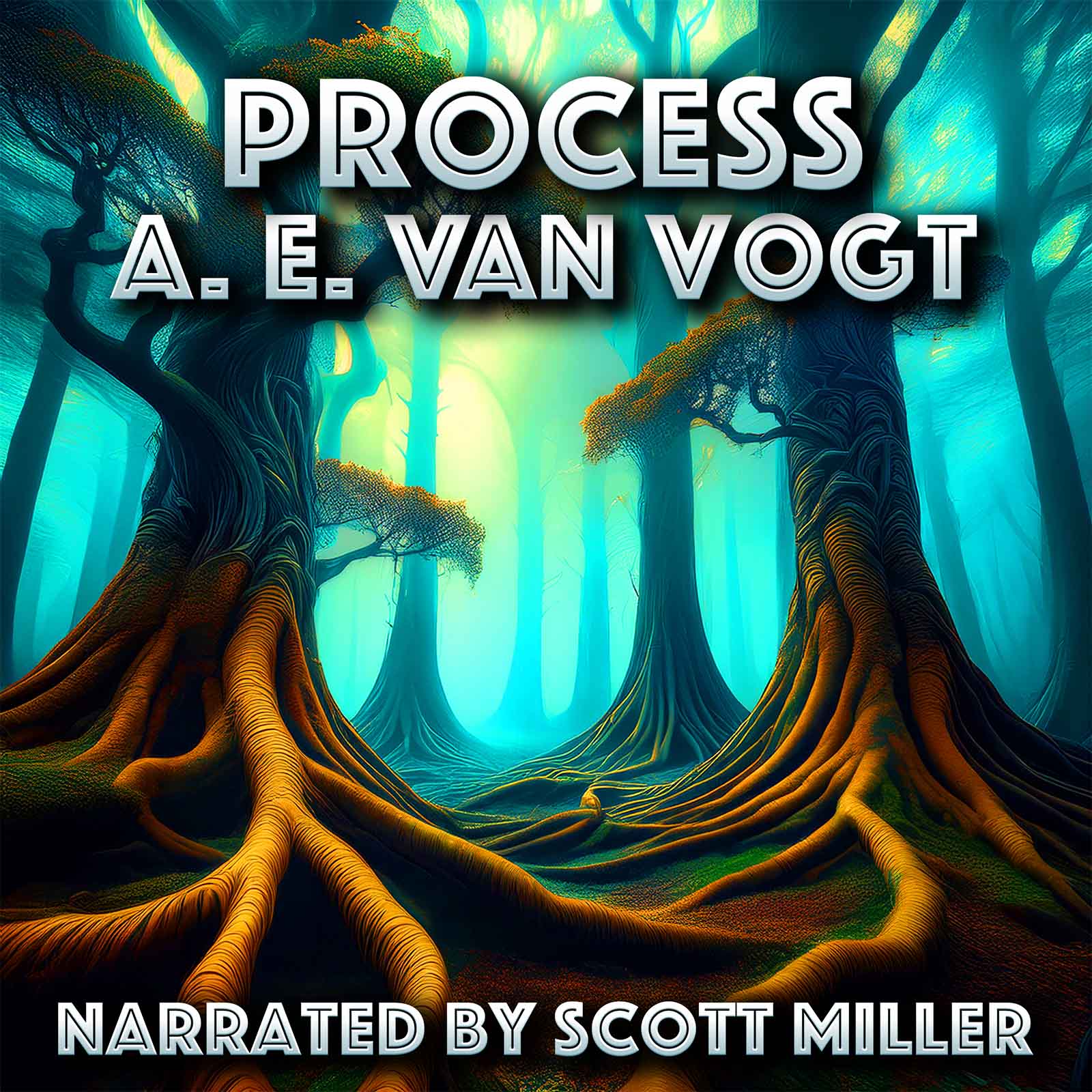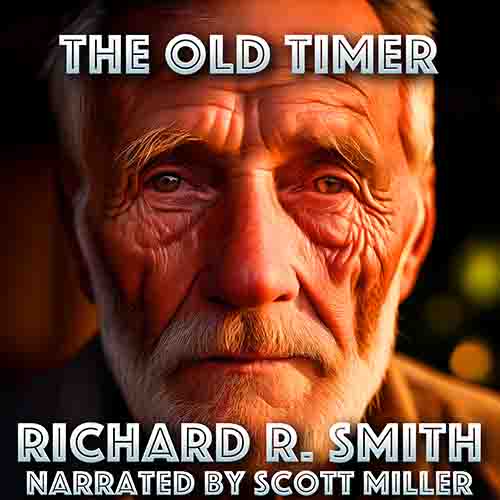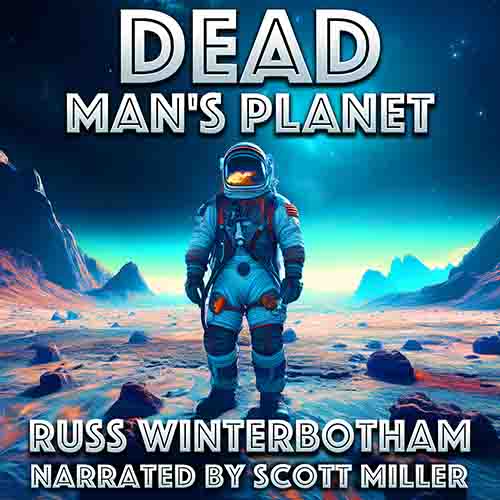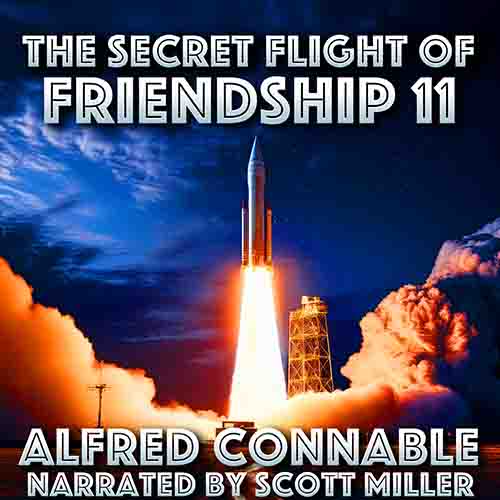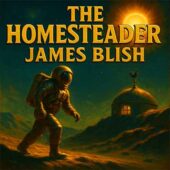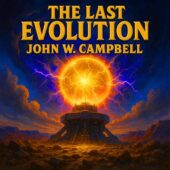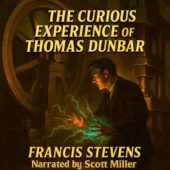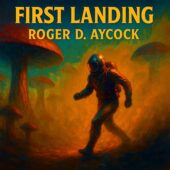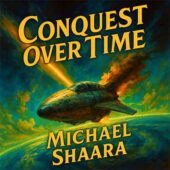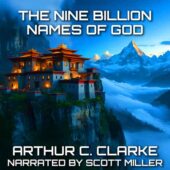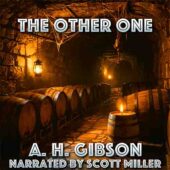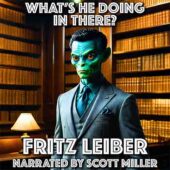What Is Vintage Science Fiction?
What Is Vintage Science Fiction? A Friendly Guide to the Roots of Classic Sci-Fi
If you’ve ever listened to The Lost Sci-Fi Podcast—or even just wandered a used bookstore and felt your hand drift toward yellowed paperbacks with rockets, ruined cities, or tentacled things on the cover—you already sense there’s something different about vintage science fiction. The tone is different. The fears are different. The hopes are different. In many ways the world itself was different. Vintage science fiction—also called classic science fiction, vintage sci-fi, or classic sci-fi—isn’t simply “old science fiction.” Age alone doesn’t make something vintage. A sepia filter doesn’t grant it; a re-write with modern idiom often erases it. Vintage sci-fi comes from a window of time when writers were imagining the future before the future arrived—guessing at space before spaceflight, at computers before computers, at apocalypse before the mushroom cloud had a name.
One quick rule of thumb: if a story imagines technologies, events, or civilizations that did not yet exist when it was written, and it was published before roughly the late 1960s or early 1970s, you’re probably standing in vintage territory. But the format isn’t the defining trait so much as the mindset. Yes, the pulps and digest monthlies—Astounding, Amazing Stories, Galaxy, F&SF, Planet Stories, If—were the common vehicles, along with newspaper serials and cheap paperbacks on train platforms. Yet what makes a tale feel vintage is that it was written when the future was still blank. Humans hadn’t landed on the Moon. No one had seen Earth from space. Artificial intelligence was speculative. Genetics was guesswork. Computers filled rooms—if they existed at all. With nothing to fact-check them against, these authors wrote with a kind of unfiltered imagination that modern readers rarely encounter. Vintage sci-fi is literature of first guesses—sometimes wrong, sometimes stunningly right, always unrestrained.
Consider E. M. Forster’s “The Machine Stops” from 1909—decades before the pulp “Golden Age.” People live underground, communicate by screens, and rely on a centralized Machine for culture, comfort, and survival. Long before the internet, social media, and the horror of isolation by technology, Forster intuited how a network could cocoon and deform us. We’ve narrated more than 500 vintage science fiction stories on The Lost Sci-Fi Podcast, and after living daily in that older world, the patterns become unmistakable. Let’s explore what makes vintage science fiction vintage—and why it still hits so hard today.
How Vintage Sci-Fi Sounds—and Why It Still Lands
Another trait that sets vintage sci-fi apart is tone. Writers of the 1930s, 40s, 50s, and early 60s weren’t competing with cinematic universes, streaming algorithms, or game franchises; they were competing with silence—your imagination. The writing is often direct and earnest, sometimes beautifully strange, with fewer winks and less meta-commentary. When Arthur C. Clarke wrote “The Star,” he wasn’t operating inside a crowded cinematic tradition of theological science fiction; he was practically inventing its emotional vocabulary. The story is quiet, brief, and devastating precisely because it stands before the genre calcified into familiar beats.
H. P. Lovecraft’s “The Colour Out of Space” and “The Shunned House” likewise weren’t subgenre entries; they were founding moves. The weird, cosmic flicker that animates so much of today’s pop culture traces back to these pre-genre experiments. Even Edgar Allan Poe’s “The Black Cat”—more horror than science fiction—belongs on the family tree for what it proved: speculative writing could be psychological, interior, feverish, moral. Without Poe, Lovecraft doesn’t sound like Lovecraft. Without Lovecraft, the 20th century doesn’t sound like itself. Vintage sci-fi isn’t just old; it’s foundational.
Vintage stories also come from the era before post-1980 cynicism. These authors weren’t writing under permanent surveillance or doomscrolling. They hadn’t yet seen nuclear catastrophe televised, or social media train us to distrust. Ray Bradbury’s “The Veldt” (1950) anticipates children emotionally raised by immersive media who detach from their parents—decades before home computing. Philip K. Dick’s “The Hanging Stranger” and “The Father-Thing” conjure paranoia before society had daily reasons to be paranoid. Asimov’s “Someday,” “Let’s Get Together,” and “The Pause” aren’t about gadgets; they’re about us: what happens to literacy when machines tell our stories; what happens to trust when machines pass as people; what happens to war when weapon-systems think faster than we do. Harry Harrison’s “The Stainless Steel Rat” plays it as a romp in a hyper-regulated future, but tucked beneath the wit is a vintage-era question only a sincere optimist could pose: if the future becomes “perfect,” what room is left for human mischief?
Restraint and compression are part of the spell. Most vintage stories run 2,000–12,000 words. No bloat. No world-atlas appendix. They strike and leave. PKD can upend your worldview in six pages. Clarke can rattle your theology in eight. Bradbury can make you question your parenting in four. Asimov can dismantle an ethical system in ten. Lovecraft can collapse your confidence in reality in a single sitting. The result is literature that doesn’t overstay—it lodges. And paradoxically, the older these stories get, the sharper they feel. If “The Machine Stops” were published today, some would call it too on-the-nose. In 1909, it was prophecy delivered without precedent.
Illustrations Woven From The Lost Sci-Fi Podcast
Because we’ve narrated more than 500 of these tales, the patterns become vivid when you hear them in sequence. Forster sketches a civilization ruled—spiritually as much as practically—by the Machine. Clarke whispers the last line of “The Star” and empties the room with cosmic revelation colliding with faith. Lovecraft paints indifference and contamination in “The Colour Out of Space,” and anchors unease to architecture in “The Shunned House.” Poe’s “The Black Cat” reminds us that an interior moral collapse can drive a whole narrative engine. Harrison’s “The Stainless Steel Rat” smirks at utopia even as it affirms our appetite for mischief. PKD delivers the signature shiver—what if reality itself is an impersonation?—in “The Hanging Stranger,” the intimate domestic dread of “The Father-Thing,” and the ache of projection in “Strange Eden.” Bradbury gives us the parental nightmare of “The Veldt” and the melancholy blues of survival in “The Creatures That Time Forgot.” Asimov keeps returning to moral mathematics—“Someday,” “Let’s Get Together,” “The Pause”—as if to say logic will never spare us the need to be human.
Read alone, each piece is a striking artifact. Heard together, they become a relay race across decades. Poe invents interior dread; Lovecraft scales it to the cosmos. Lovecraft frames cosmic indifference; Clarke answers with cosmic awe. Clarke’s awe leads to Bradbury’s human tenderness and warning. Bradbury’s emotion gives way to PKD’s psychological instability. PKD fractures the stage itself; Harrison rebels inside the structures that emerge. Asimov codifies the rules others test or break. They weren’t coordinating; they were responding to the same blank map, passing questions forward to readers—and listeners—they’d never meet.
Vintage vs. Modern—and Why Vintage Lingers
A helpful contrast: modern sci-fi is written into a world where space travel is real, nuclear devastation has happened, AI exists, surveillance is normal, and readers already know the tropes. It is often reactive, responding to headlines and cultural fatigue. Vintage sci-fi is pre-reactive: it imagines before reacting. That changes both flavor and stakes. Vintage warns without proof; modern critiques with evidence. Vintage fears the unknown; modern laments the known. And when a vintage story hits, the aftertaste is different. Modern sci-fi often impresses; vintage sci-fi haunts. You might forget a CGI sequence, but it’s hard to forget the last line of “The Star,” the quiet dread of “The Colour Out of Space,” the domestic horror of “The Father-Thing,” the parental guilt braided into “The Veldt,” or the eerie resignation of “The Machine Stops.” These pieces feel small on the page and larger in the head, easy to enter and hard to exhaust—a short doorway that opens into a massive chamber.
Why do the predictions feel sharper with time? Because the authors wrote without evidence. Bradbury anticipated screen-raised children. Forster recognized how networks could isolate as much as connect. Asimov foresaw the knot of autonomous intelligence and conflict. If they had written those stories after the fact, we’d call them obvious. Published before the future arrived, they become prophetic literature disguised as pulp.
Cultural Memory, Courage, Imperfection, and the Mirror
Classic sci-fi functions as cultural memory. It documents how humans imagined Mars before probes, AI before circuits, apocalypse before missiles, alien life before telescopes could verify, space before rockets. It isn’t an alternate timeline so much as humanity’s first draft of the one we inhabit. The writers didn’t know they were scripting the language of space exploration, the ethics of AI, the psychology of surveillance, the logic of deterrence. They thought they were telling stories; they were training an era. In a media culture optimized for brands and algorithms, vintage sci-fi offers relief: no corporate fingerprints, no winks, no meta—just a human mind picturing tomorrow with enough honesty to risk being wrong.
That risk is a kind of courage. To write “The Machine Stops” before television, “The Veldt” before home computing, “Let’s Get Together” before AI, “The Colour Out of Space” before deep-space photography—is to risk being laughably wrong. Modern writers risk cliché; vintage writers risked absurdity. Add to that the role of imperfection. Not every classic is polished. Some endings are abrupt, some dialogue stiff, some pacing odd. But perfection belongs to products; imagination belongs to people. The rough edges are part of why the work feels alive.
Most of all, vintage sci-fi is not a museum you visit; it’s a mirror. Technology changed; people didn’t. That’s why “The Shunned House” still triggers unease, “The Star” still upends faith, “Someday” still unsettles anyone raising children, and “The Machine Stops” still reads like next week’s news. These stories outlive their hardware because their anthropology is right. They educate by smuggling thought experiments inside adventure: if this technology existed, what would it do to people? If pressure increases, which part of us cracks? If a machine solved our problems, what problems would remain? Listeners think they’re being entertained; they’re actually thinking at a higher resolution.
Continuity, Golden Age, Audience Today, and Inheritance
There’s a continuity across authors that feels like a conversation: Poe’s interior dread → Lovecraft’s cosmic dread → Clarke’s cosmic awe → Bradbury’s human tenderness → PKD’s psychological instability → Harrison’s rebellion inside utopia → Asimov’s logical codification. The era is often called the “Golden Age” not because it was flawless, but because it was the first time humanity took its future seriously enough to imagine it in bulk. Compress those decades into a sentence and it might read: we realized we could change our fate and immediately began imagining the consequences.
Contrary to expectation, younger listeners are discovering vintage sci-fi in audio. Modern life creates the very conditions these stories diagnose best: isolation (Forster), automation anxiety (Asimov), mistrust of institutions (PKD), surveillance fatigue (Harrison), moral slippage (Bradbury). And while modern sci-fi is influenced by vintage sci-fi, influence is not inheritance. Influence means traces remain; inheritance means the DNA persists. What persists structurally from vintage work is how we frame existential risk, imagine alien life, treat machines as moral agents, link apocalypse with ethics, and measure humanity against the unknown. Those frameworks were built before modern technology existed; we didn’t outgrow them—we grew into them.
Why does narration matter? Text preserves words; voice preserves urgency. A story printed for a few thousand pulp readers can now be heard in Costa Rica, Tokyo, Dublin, Johannesburg, Sydney, and Toronto in the same afternoon. The internet didn’t modernize vintage sci-fi—it re-amplified it. The Lost Sci-Fi Podcast doesn’t embalm classics; it keeps them in circulation, restoring their native cadence in the ear.
Bridge Between Centuries, Expansion, Aftertaste, and a Definition
Vintage sci-fi forms a living bridge between the pre-digital mind and the post-digital reader or listener. You’re hearing an unnetworked imagination think in solitude—a kind of solitude that’s almost extinct. Even though the authors are gone, the body of vintage sci-fi continues to expand in impact because new listeners discover it daily; new narrations revive forgotten stories; public-domain availability lowers barriers; translation spreads it; academic interest grows; and cultural instability makes it newly relevant.
What does it leave behind, emotionally? If a modern spectacle often impresses, a vintage story tends to linger. It doesn’t finish when the narration ends. That’s the emotional aftertaste: quieter, deeper, more stubborn. Which leads to a simple, compact definition after a long walk around the subject:
Vintage science fiction is the body of speculative stories written before the modern technological age that imagined the future without the evidence of it—and in doing so, built the mental framework that modern science fiction still uses.
It isn’t defined by age alone, but by time of authorship (before the future existed), mode of imagination (first-draft thinking), tone (earnestness over irony), and influence (foundational, not imitative). Not all old sci-fi is vintage; age alone produces dust, while insight preserved by time becomes vintage.
Light closing note: If any of the stories mentioned here tug at your sleeve—The Machine Stops, The Star, The Colour Out of Space, The Shunned House, The Black Cat, The Stainless Steel Rat, The Hanging Stranger, The Father–Thing, Strange Eden, The Veldt, The Creatures That Time Forgot, Someday, Let’s Get Together, The Pause—you can hear them the way they were meant to be experienced: told, not skimmed. On The Lost Sci-Fi Podcast we’ve already narrated more than 500 vintage science fiction stories, with new listeners joining daily—not to escape modern life, but to understand it through the eyes of writers who saw it coming long before it arrived. Vintage sci-fi isn’t dead paper; it’s a living document of the future imagined in advance. And we’re still listening.



